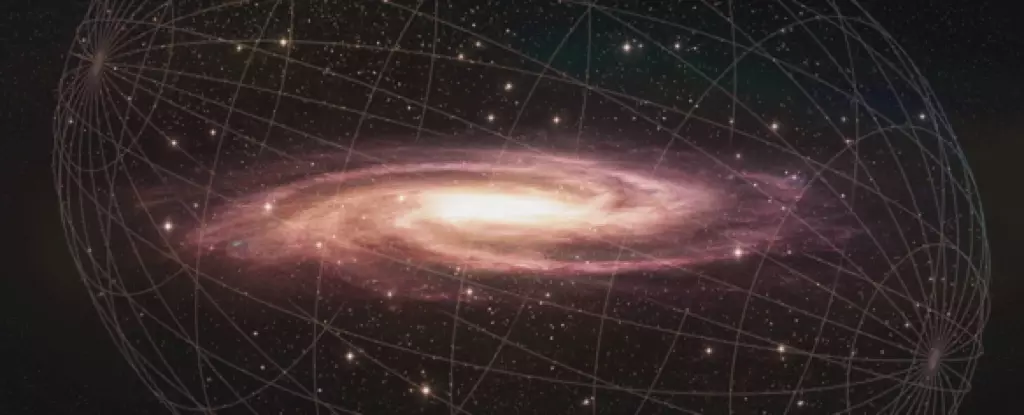Within the vast expanse of the universe, the Milky Way is not a solitary entity. Instead, it is accompanied by numerous dwarf galaxies, characterized by their diminutive size and faint appearance. These dwarf galaxies, some containing as few as a thousand stars, orbit our cosmic neighborhood in elegant trajectories. While the exact number of these dwarf galaxies remains uncertain, current estimates suggest that there are significantly more than the roughly 60 that have been identified thus far.
Recently, astronomers made a startling discovery of two new dwarf galaxies in the vicinity of the Milky Way, named Virgo III and Sextans II. However, rather than resolving existing uncertainties, this development has only added to the complexity of the situation. The detection of these additional satellites has raised concerns due to the overcrowding of the space with more dwarf galaxies than what models based on dark matter theory had initially predicted.
Dark matter, an enigmatic and imperceptible substance in the universe, plays a crucial role in the gravitational dynamics of galaxies like the Milky Way. This unseen element contributes additional gravitational force that cannot be explained by conventional matter alone. The presence of dark matter influences the speed of galactic rotations and enhances the gravitational pull exerted by galaxies, allowing them to attract, retain, and potentially consume satellite galaxies.
Based on dark matter models of the Milky Way, scientists anticipate a far greater number of dwarf galaxy satellites than those that have been observed to date. Despite the current shortfall in identified satellites, astronomers remain diligent in their exploration to uncover these elusive entities. Dark matter-based models provide detailed projections regarding the expected distribution of satellite galaxies in specific regions, a framework within which the newfound Virgo III and Sextans II pose a dilemma.
Analyzing data from the Hyper Suprime-Cam Subaru Strategic Program, researchers led by Daisuke Homma identified a discrepancy in the number of dwarf galaxy satellites within a designated space. Dark matter models had suggested the presence of approximately four dwarf galaxies in that particular region, yet the inclusion of Virgo III and Sextans II brought the total count to nine, surpassing the anticipated value.
The unexpected abundance of dwarf galaxies in the specified area challenges existing dark matter models, creating a conundrum known as the ‘too many satellites’ problem. Even after adjustments and alterations to the models, the discrepancy persists, indicating a significant deviation from the expected distribution of satellite galaxies. The implications extend to the estimated population of dwarf galaxies orbiting the Milky Way, with projections suggesting a potential total far beyond the current count.
Moving forward, astronomers plan to leverage more advanced telescopic technology to further explore the cosmic landscape and identify additional satellite galaxies. The forthcoming utilization of the Vera C. Rubin Observatory in Chile represents a promising opportunity to expand our understanding of the Milky Way’s satellite population and potentially resolve the enigmatic ‘too many satellites’ dilemma. By surveying various sectors of the sky and quantifying the prevalence of dwarf galaxies, researchers aim to unravel the mysteries surrounding these cosmic companions.


Leave a Reply